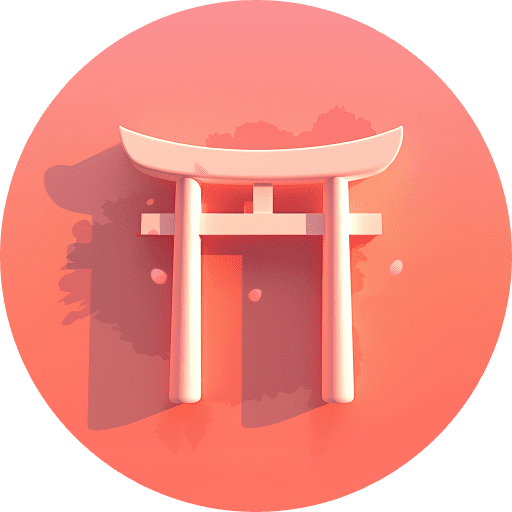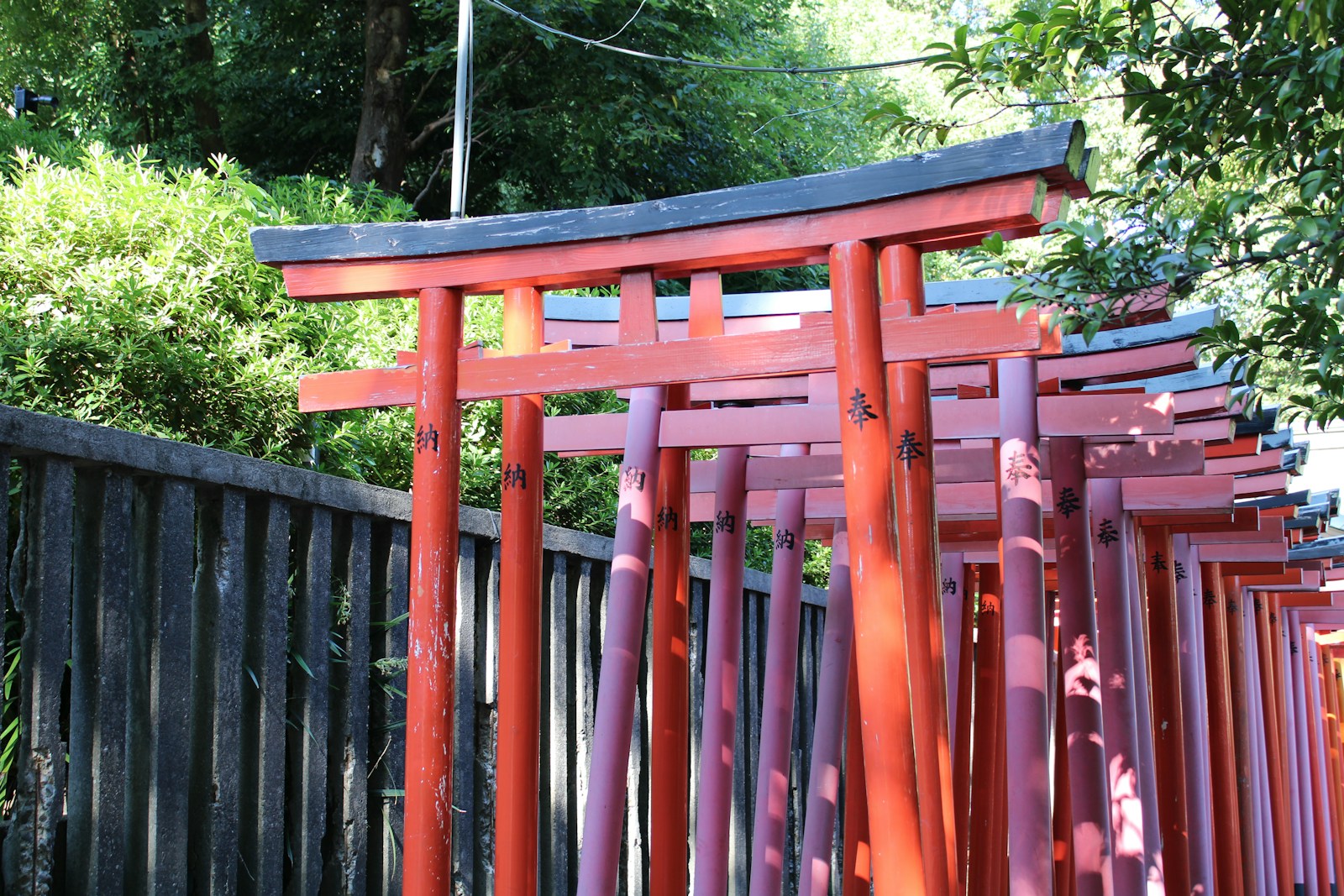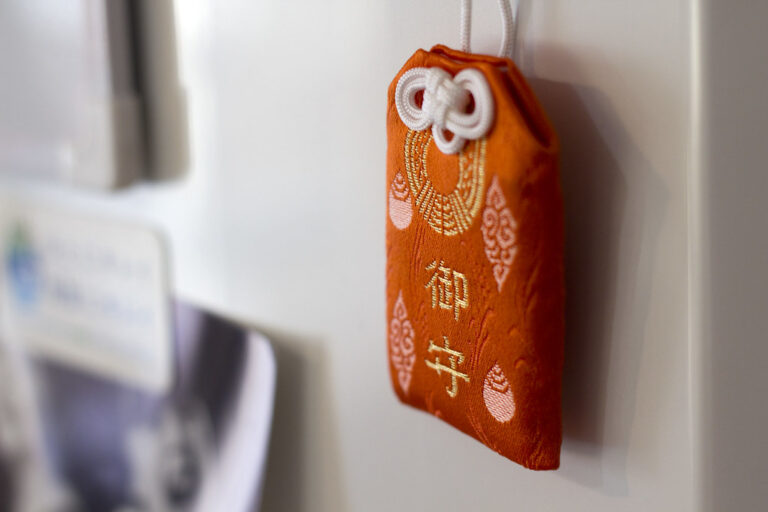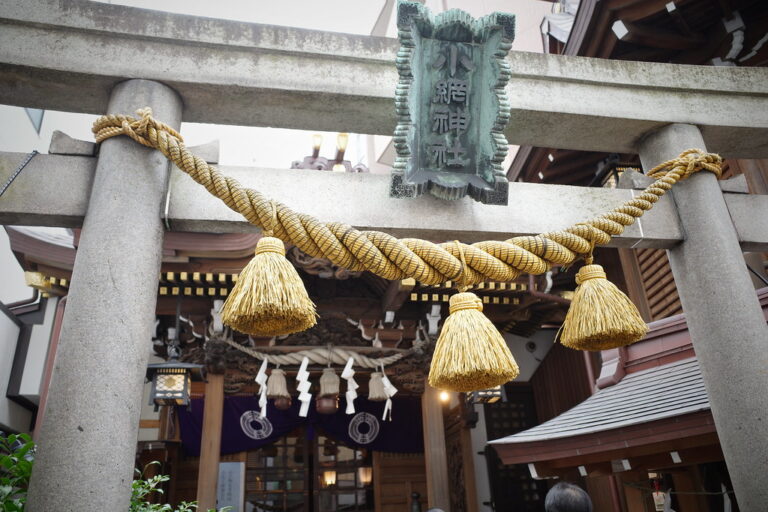Step into an oasis of tranquility at Nezu Shrine, where ancient torii gates frame stunning azalea gardens, inviting visitors to experience a piece of Tokyo’s heritage amidst the calm and beauty.
Nezu Shrine stands as one of Tokyo’s oldest Shinto shrines, with origins dating back over 1900 years. Founded by Yamato Takeru no Mikoto and relocated to its current picturesque setting in the early 18th century by the fifth Tokugawa shogun, Tsunayoshi Tokugawa, this shrine is a spiritual haven celebrated for its brilliant architecture and the famed row of vermilion torii gates, offering a scene reminiscent of Kyoto’s iconic Fushimi Inari Shrine.
Historical Background
Originally established in the first century for Susanoo-no-Mikoto, the Shinto god of sea and storms, Nezu Shrine was moved to Bunkyo-ku during the Edo period. This strategic relocation under the Tokugawa regime helped cement its place as a vital cultural and religious landmark within Tokyo’s urban landscape.
Cultural Significance
Annually, the shrine’s Azalea Festival marks a high point during April and May, showcasing over 3,000 azalea bushes in a 300-year-old garden. The festival and Nezu Shrine’s stunning Romon Gate, an Important Cultural Property, attract thousands of visitors, blending natural beauty with traditional festivities.
Deities Enshrined:
Susanoo-no-Mikoto is the primary deity worshiped at Nezu Shrine, along with his consort Kushinadahime-no-Mikoto and their children. These deities are revered for their protection and ability to confer success and good luck on worshippers.
Unique Offerings and Festivals:
- Azalea Festival (Tsutsuji Matsuri): A major event featuring azaleas in full bloom, cultural performances, and festive food stalls.
- Shichi-Go-San: A celebration where children of ages three, five, and seven come to pray for health and a prosperous future.
- Setsubun: The bean-throwing festival that marks the beginning of spring, symbolizing the expulsion of misfortune and the welcoming of good luck.
Famous for Blessings:
- Success: Businesspeople and students frequent the shrine to secure blessings for success in their endeavors.
- Health: Individuals seek divine help for wellness and recovery from ailments.
- Academic Achievement: Popular among students for blessings on educational pursuits.
- Good Luck: Visitors come to enhance their overall fortune in various aspects of life.
| Address | 1-28-9 Nezu, Bunkyo-ku, Tokyo, Japan |
| Direction | A short walk from Nezu Station on the Tokyo Metro Chiyoda Line. |
| TEL | 03-3822-0753 |
| Business Hours | Grounds open from sunrise to sunset. The shrine office is available for consultations from 9:00 to 17:00 daily |
| Regular Holiday | No holidays |
| Main Blessings | Success, Health, Academic Achievement, and Good Luck |




